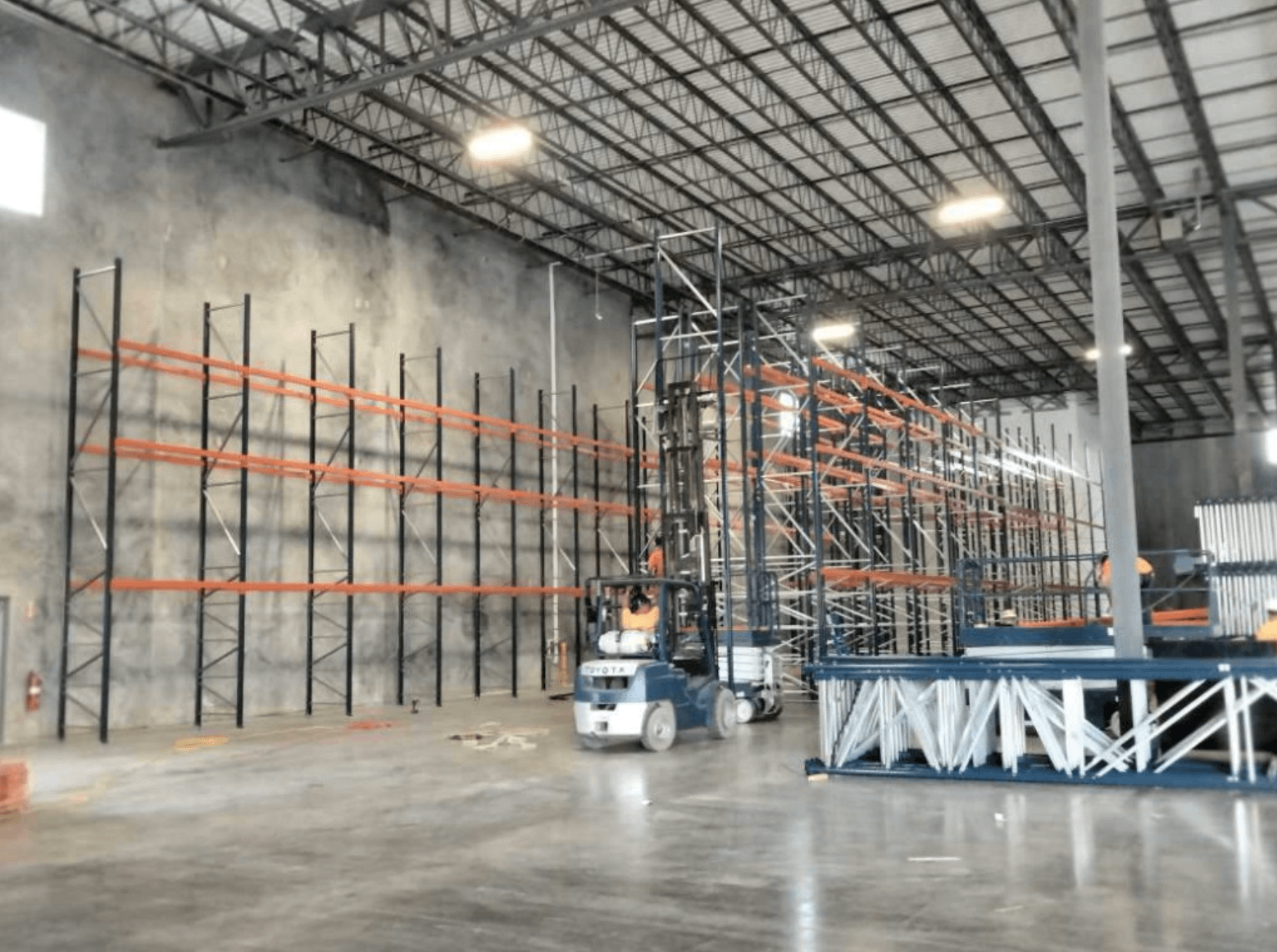Hydroponics is a unique style of growing plants that prioritizes the efficient use of resources. A hydroponics system typically features plants placed into nutrient-filled water. There is no dirt in this system; the plant’s roots are suspended in the flowing water to absorb the nutrients directly. This method of growth is a lot less taxing on resources and utilizes space more efficiently than dirt-filled gardens. There are different types of hydroponic systems, and each fulfills different needs. One of the best variations for efficiency is the vertical hydroponic system. To understand why this is, you will have to first understand how a vertical hydroponic system works.
How It Works
The vertical hydroponic system uses the same materials as normal hydroponic systems in regard to the plants and water. It differs in the setup of the farm to maximize the usage of space and resources. The design features a structure similar to a pillar that can hold plants. The pillar is hollow and is meant to have water flow through it. This is where the plants get their nutrients from—the flowing water in the center of the pillar.
The Benefits
There are numerous benefits to using hydroponic farming. A few of these include the ability to farm year-round, weed control, indoor or outdoor planting, and nutrient control. These benefits extend to a vertical hydroponic system, as well as a few other variations of the system. A vertical system uses gravity to move the water in the system, which saves energy and uses the water efficiently. It also utilizes floor space much more effectively. These benefits are obvious when used in warehouse farming systems, as they use overhead space and maintain a water efficiency of up to 90 percent.
This is just a simple explanation of how a vertical hydroponic system works and its potential benefits. Due to the customization offered by each system, you can create a system that will fit your exact needs and save you a lot of resources.


